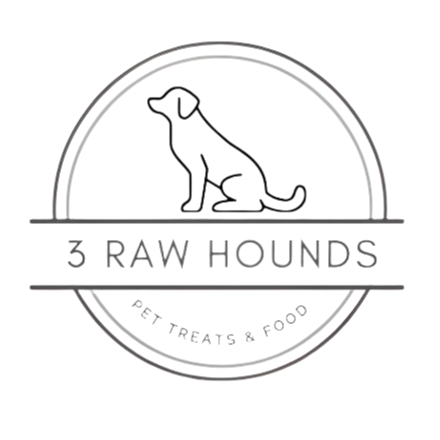Raw dog food offers many health benefits, especially for digestion. It allows dogs to eat more naturally, helping their bodies process food better than kibble, which can be harder to digest. This leads to less waste and healthier stools. The chewing process also naturally cleans their teeth, improving dental health. Owners will often notice shinier coats and healthier skin, thanks to the vitamins and nutrients in raw food. Raw diets can also reduce odors and have been linked to fewer health issues like allergies, skin conditions, cancer, and obesity. As more people move away from processed foods, your dog deserves the same care.
Introduce Raw Slowly to Your Dog
To transition a dog from kibble to a raw food diet, start by gradually mixing small amounts of raw food with the kibble. Increase the raw portion while decreasing kibble over 10-15 days. The purpose of feeding your dog this way is to allow their system to adjust to his/her new diet. A few things you may notice:
You might notice loose poops. Some dogs will have looser stools than usual for a day or two. This is because the enzymes required to break down raw vs kibble are different and the digestive system just needs a little time to get used to the change.
Some Dogs Go Through a Detox. Some dogs experience a detox period once switched to raw food. You may see your dog start shedding a lot, have mucus covered stool, and other mild symptoms that can make you nervous about raw. While this may be unnerving, a detox period is the system's way of ridding excess toxins and other unhealthy things after being on a kibble diet.
Your dog might seem hungry. If your dog currently eats kibble, the feeling after eating raw will be different. Most kibble expands in the stomach, creating that “full” feeling, whereas raw won’t do that is because it’s nutrient-dense with lots of moisture.

